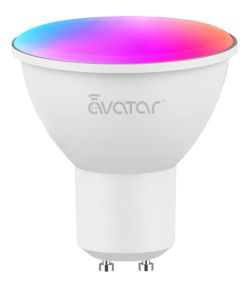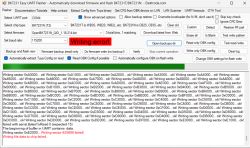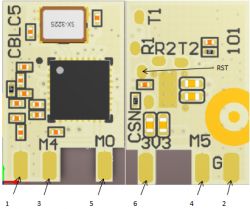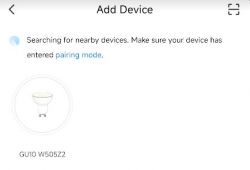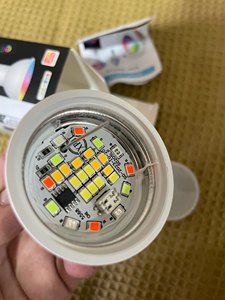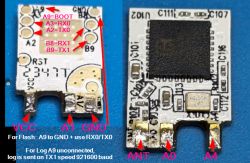
This is a teardown GU10 RGBCW Bulb with new VERY tiny LN882HKI module, which I've never seen before. Obviously, this device is also supported by OpenBeken, so you can free it from the cloud and use with Home Assistant. Here are the details...
Device can be bought here:
https://www.aliexpress.com/item/1005005881188...o.order_list.order_list_main.4.4e951802GSrd1g
Pin connections for LOG
VCC <- 3V3
GND <- GND
B8 (TX1) -> RX (log is using baudrate 921600)
Pin connections for backup and flash
VCC <- 3V3
GND <- GND
A3 (RX0) <- TX
A2 (TX0) -> RX
A9 -> GND
Backup was done using
LN882H_Flash_Dumper.py COM3 backup 0x0200000
It took about 10 minutes, but the dump is fine
Upload was done (of course after power off/on module to activate bootmode) using:
LN882H_CMD_Tool COM3 download flash 2000000 0x0 OpenLN882H_1.17.586.bin
It took about only 4 seconds - but no error and everything seems to be ok
Just to be sure, I've used baudrate 115200
LN882H_CMD_Tool COM3 download flash 115200 0x0 OpenLN882H_1.17.586.bin
It took about 60 seconds now
After restarting the module
- on TX1 is there something like "start console ok...."
- on TX0 is there OBK std output...
Next step was to set WiFi using std. procedure over OBK AP (192.168.4.x)
I had problems with the WiFi connection, because the antenna is on the power supply board, and I flashed it as just the module itself (meaning without the antenna). I had to put the module close (1m) to the WiFi AP to make it working. After soldering module later back into the power supply board, the WiFi worked normally.
Bulb has just two active pins to rule the BP5758.
I've discovered this:
A0 - BP5758D_CLK
A1 - BP5758D_DAT
Last thing was to change color map, because red was blue a blue was red.
I've added OBK Startup command to solve it:
BP5758D_Map 2 1 0 3 4
JSON:
Code: JSON
Everything OK, the bulb is working OK. The only strange thing is, that the internal temperature (on OBK module web status) is over 100°C, when the light is on.
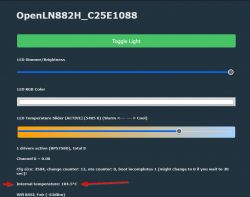
Here the OBK web and config:
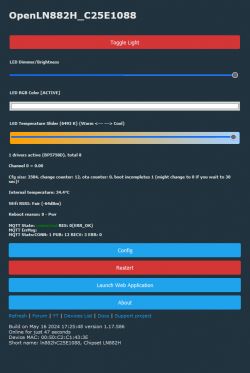
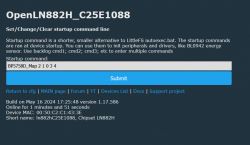
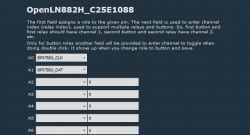
Here the HASS:
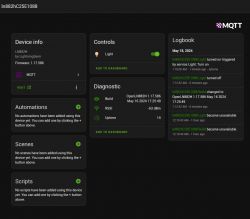
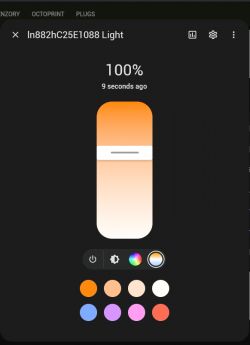
Here the pinout:

And finally the module pictures:
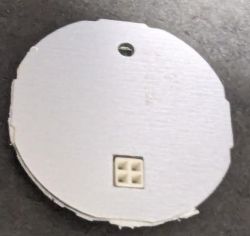
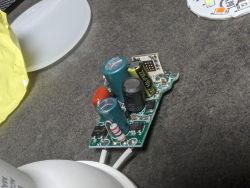
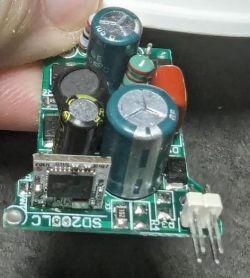
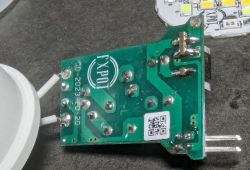
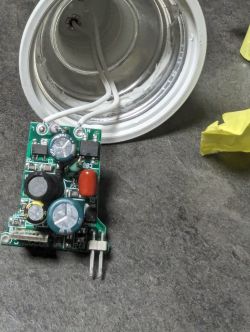
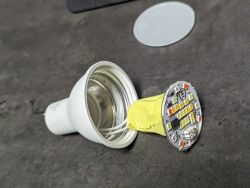
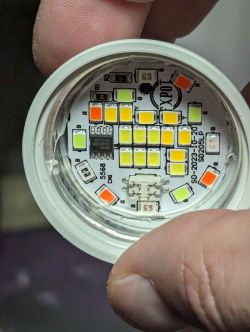
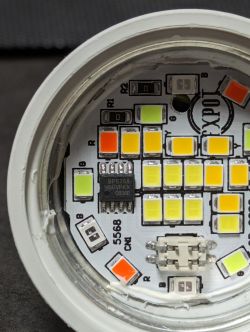
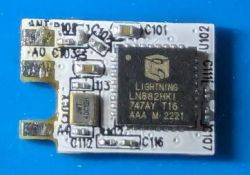
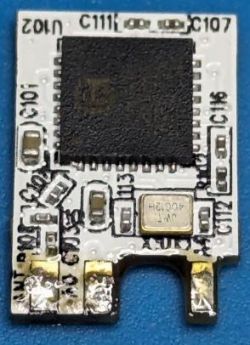
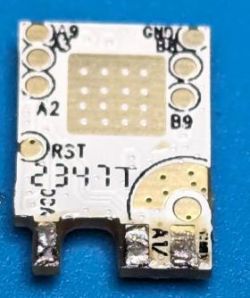
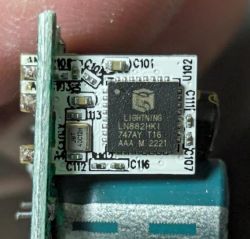
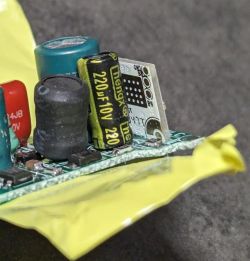
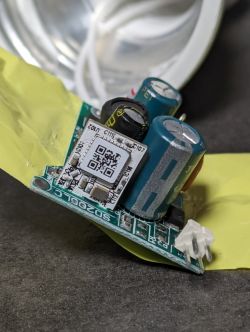
Cool? Ranking DIY



